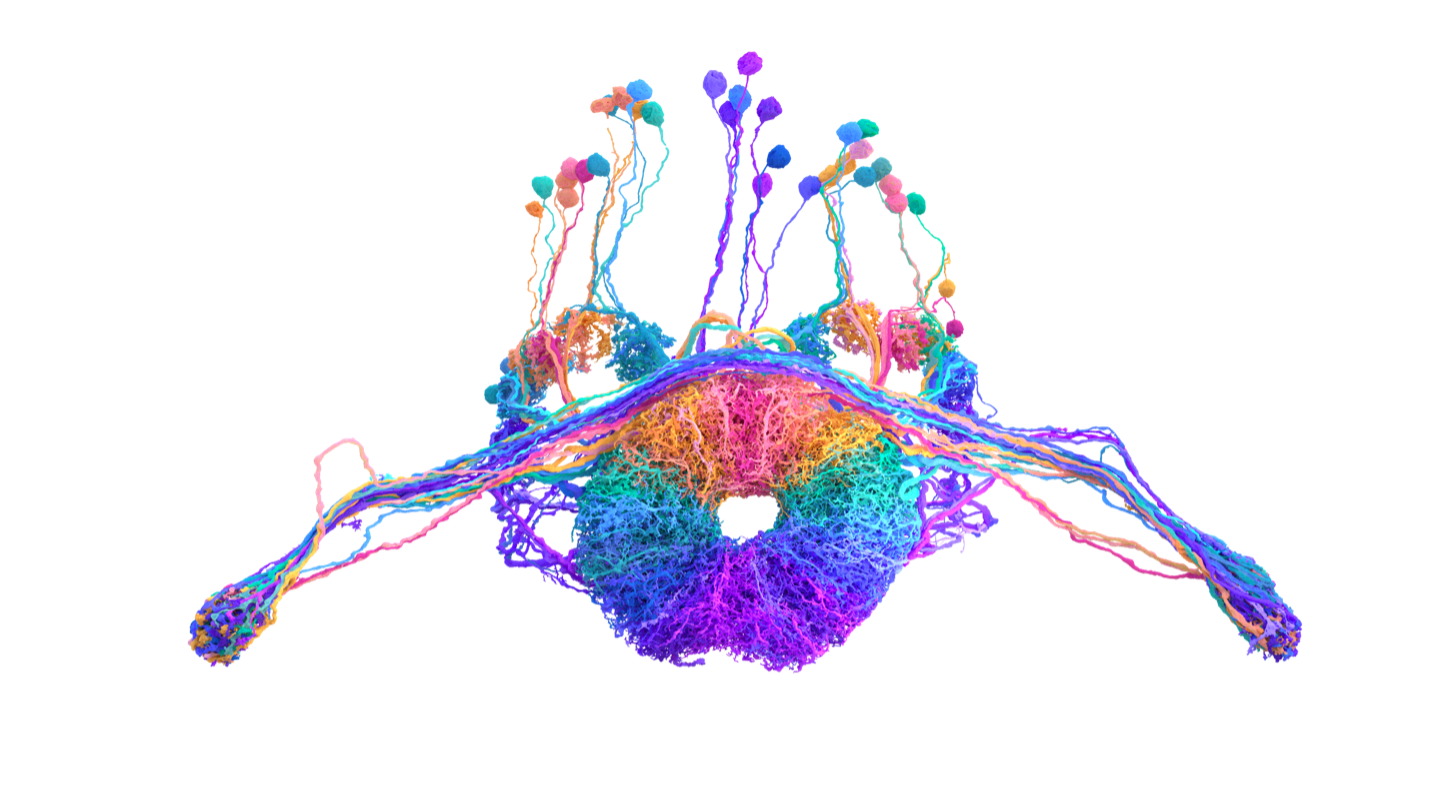2024-10-07 ペンシルベニア州立大学(PennState)
<関連情報>
- https://www.psu.edu/news/agricultural-sciences/story/adding-fall-blooming-plants-may-help-both-managed-and-wild-bees-cities
- https://www.sciencedirect.com/science/article/abs/pii/S0048969724059394#ac0005
外来ミツバチと都市化が野生のミツバチ群集に与える影響を属ごとに推定: 米国メリーランド州のケーススタディ Estimating genus-specific effects of non-native honey bees and urbanization on wild bee communities: A case study in Maryland, United States
Gabriela M. Quinlan, Jeffrey W. Doser, Melanie A. Kammerer, Christina M. Grozinger
Science of The Total Environment Available online: 2 September 2024
DOI:https://doi.org/10.1016/j.scitotenv.2024.175783
Graphical abstract

Highlights
- Honey bees, a broadly-distributed, managed species, may negatively affect wild bees.
- Joint species distribution models assess apiary density effects on wild bee genera.
- Six of 33 genera show >90 % probability of negative effect of urban land/beekeeping.
- Bees imperiled by urban beekeeping are mostly late season, ground nesting, specialist.
- Genera detection differed by sampling method (hand net, pan trap, vane trap).
Abstract
Non-native species have the potential to detrimentally affect native species through resource competition, disease transmission, and other forms of antagonism. The western honey bee (Apis mellifera) is one such species that has been widely introduced beyond its native range for hundreds of years. There are strong concerns in the United States, and other countries, about the strain that high-density, managed honey bee populations could pose to already imperiled wild bee communities. While there is some experimental evidence of honey bees competing with wild bees for resources, few studies have connected landscape-scale honey bee apiary density with down-stream consequences for wild bee communities. Here, using a dataset from Maryland, US and joint species distribution models, we provide the largest scale, most phylogenetically resolved assessment of non-native honey bee density effects on wild bee abundance to date. As beekeeping in Maryland primarily consists of urban beekeeping, we also assessed the relative impact of developed land on wild bee communities. Six of the 33 wild bee genera we assessed showed a high probability (> 90 %) of a negative association with apiary density and/or developed land. These bees were primarily late-season, specialist genera (several long-horned genera represented) or small, ground nesting, season-long foragers (including several sweat bee genera). Conversely, developed land was associated with an increase in relative abundance for some genera including invasive Anthidium and other urban garden-associated genera. We discuss several avenues to ameliorate potentially detrimental effects of beekeeping and urbanization on the most imperiled wild bee groups. We additionally offer methodological insights based on sampling efficiency of different methods (hand netting, pan trapping, vane trapping), highlighting large variation in effect sizes across genera. The magnitude of sampling effect was very high, relative to the observed ecological effects, demonstrating the importance of integrated sampling, particularly for multi-species or community level assessments.


